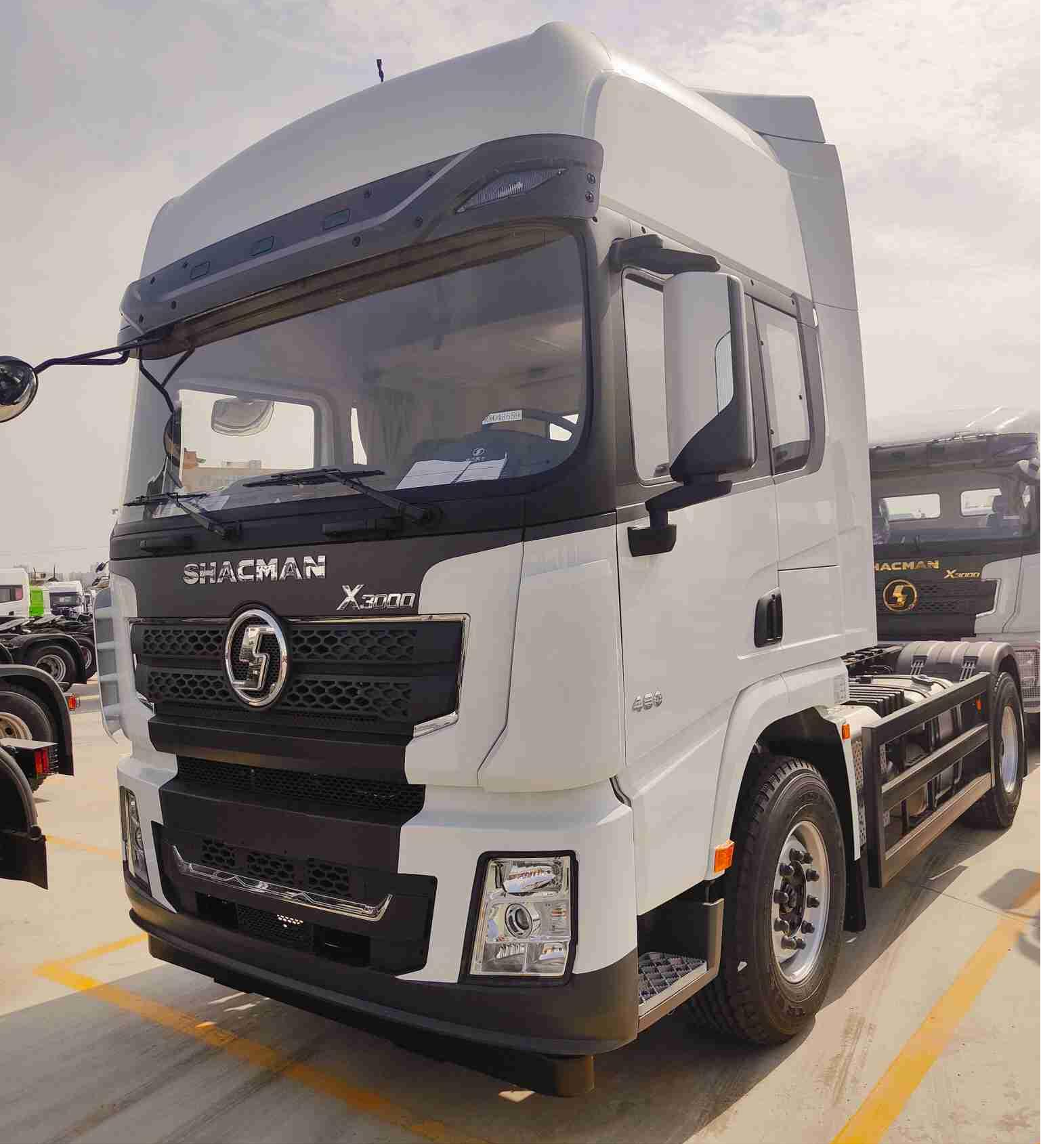Shacman has established a sophisticated and meticulous process to ensure that the engine is precisely matched to each of its vehicles, guaranteeing optimal performance, fuel efficiency, and durability.
The process begins with a comprehensive understanding of the vehicle’s intended application and usage scenarios. Whether it’s a heavy-duty truck designed for long-haul freight transportation, a medium-duty vehicle for regional deliveries, or a specialized application such as a construction vehicle, the requirements vary significantly. For long-haul trucks, the engine needs to offer high power output to maintain speed on highways and good fuel economy to reduce operating costs over long distances. In contrast, a construction vehicle might require more torque at lower speeds to handle heavy loads and rough terrains.
Shacman’s engineers conduct detailed calculations and simulations. They consider factors such as the vehicle’s weight, aerodynamics, transmission ratios, and axle configurations. By using advanced computer-aided design and engineering software, they can predict how different engine models and specifications will interact with the vehicle’s other components. This allows them to select the most suitable engine in terms of power, torque curves, and fuel injection systems.
The calibration of the engine control unit (ECU) is a crucial step. The ECU is programmed to optimize the engine’s performance based on the specific vehicle it is installed in. Parameters such as fuel injection timing, air-fuel ratio, and turbocharger boost pressure are fine-tuned to match the vehicle’s characteristics. This ensures that the engine operates at its peak efficiency and meets emissions standards.
During the manufacturing process, strict quality control measures are implemented. Each engine is assembled with precision, and components are carefully inspected and tested. The engine is then mated to the vehicle, and further testing is carried out. This includes dynamometer tests to measure power and torque output, as well as on-road tests to evaluate real-world performance. Any necessary adjustments are made to ensure a seamless integration between the engine and the vehicle.
Moreover, Shacman continuously collects data from vehicles in the field. This feedback is used to further refine the engine matching process. If a particular combination of engine and vehicle shows areas for improvement, engineers can make modifications to future models. This iterative approach ensures that Shacman vehicles are always equipped with engines that are optimally matched, providing customers with reliable, high-performing, and cost-effective transportation solutions.
In conclusion, Shacman’s commitment to precisely matching engines to each vehicle is a testament to its dedication to engineering excellence and customer satisfaction. Through advanced technology, rigorous testing, and continuous improvement, Shacman ensures that its engines and vehicles work in harmony to meet the diverse needs of the transportation industry.
If you are interested, you can directly contact us. WhatsApp:+8617829390655 WeChat:+8617782538960 Telephone number:+8617782538960
Post time: Dec-19-2024









